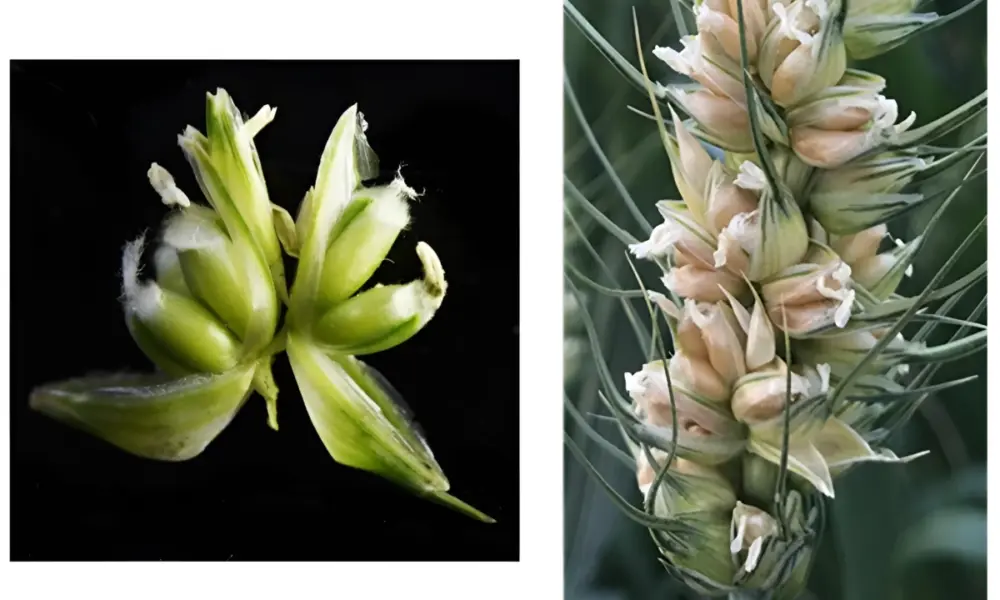Researchers at the University of Maryland have made a significant breakthrough in wheat genetics that could potentially triple grain yields from the same number of plants, using the same amounts of land, water, and fertilizer. This advancement centers around a rare mutant known as multi-ovary (MOV) wheat, which can produce up to three grains per floret rather than the usual single grain.
The conventional structure of wheat plants typically allows each floret in the seed head to develop only one ovary, resulting in one grain. However, the MOV variant’s unique characteristic allows for multiple ovaries, thereby increasing grain production. Until recently, the genetic mechanism responsible for this phenomenon remained largely unexplored.
Unlocking Genetic Potential
The research team meticulously mapped the DNA of MOV wheat and compared it with that of standard bread wheat. Their efforts led to the identification of a dormant gene, known as WUSCHEL-D1 (WUS-D1), which is actively expressed in MOV wheat. This gene plays a crucial role in enhancing the development of female reproductive structures, such as pistils and ovaries.
According to Assoc. Prof. Vijay Tiwari, co-author of the study, “Pinpointing the genetic basis of this trait offers a path for breeders to incorporate it into new wheat varieties, potentially increasing the number of grains per spike and overall yield.” The activation of WUS-D1 in cultivated wheat plants could lead to a significant increase in grain production, addressing global food demands.
The findings are detailed in a paper published in the Proceedings of the National Academy of Sciences, highlighting the implications of this genetic discovery for future agricultural practices.
Implications for Agriculture
This research represents a promising step toward improving wheat yields, a vital crop that supports millions of people worldwide. If breeders can harness the power of the WUS-D1 gene through modern techniques such as gene editing, it could revolutionize wheat production, making it more sustainable and efficient.
As the global population continues to grow, the need for increased food production becomes ever more pressing. Innovations like this could play a critical role in meeting future food security challenges, providing farmers with the tools necessary to produce more from the same resources.
The path forward involves additional research and collaboration with agricultural stakeholders. The ultimate goal is to develop wheat varieties that not only yield more grains but also require fewer inputs, contributing to a more sustainable agricultural system.






